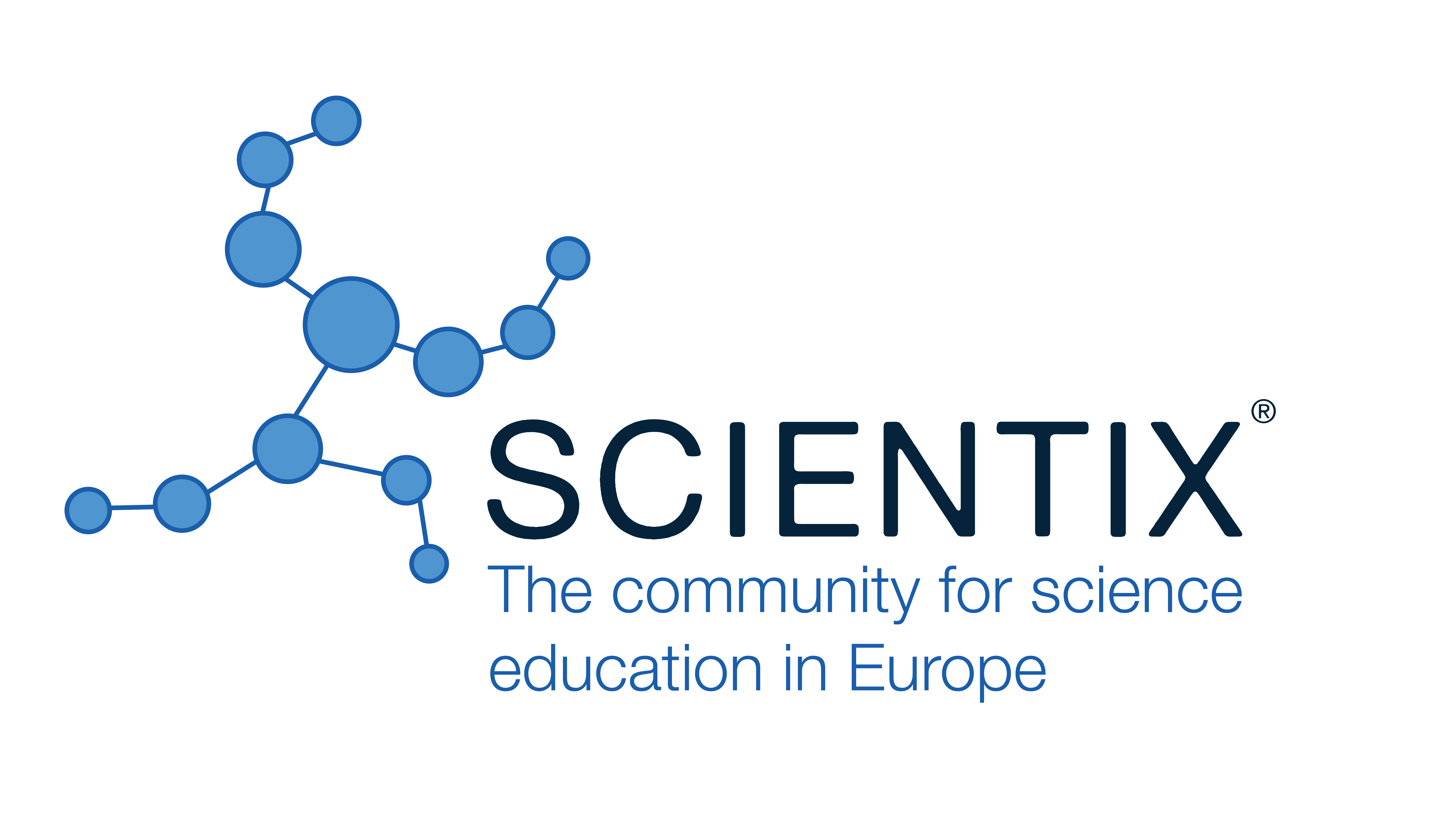The Zero Textbook Approach in Improving an Online Course
Yaprak Dalat Ward, Fort Hays State University (United States)
Abstract
Continuous course improvement is an integral part of teaching, necessitating adjustments to effectively respond to disruptions in the field, and meet the needs of today’s adult learners. This narrative study explored one instructor’s experience in improving a graduate level asynchronous online course, entitled cultural diversity, opting for the zero textbook approach with a particular emphasis on “educational experiences using their high order thinking skills in culturally responsive ways” [1]. This approach was significant as 1) cultural diversity was a rapidly changing field of study, rendering it unrealistic for textbooks to keep pace with the modifications; 2) the course covered a wide range of topics and one textbook was not the answer; and 3) cost of textbooks was on the rise. To implement the changes, the instructor first updated the modules and the learning objectives based on the latest advancements. Next, employing the key-word-in-context (KWIC) method by locating occurrences of specific words or phrases within the texts [2], the instructor identified compatible open sources and other materials which reflected the evolving landscape of diversity, equity, and inclusion initiatives at local, state, national, and international levels. Then, these materials were analyzed using analytic memos and hypothesis coding [3] to integrate the sources into the learning modules. Two other colleagues teaching the course reviewed the course for reliability and finally, the course was delivered. At the end of the semester, the learner self-reports indicated that 1) the learners felt motivated and appreciated expanding their knowledge; and 2) the varied materials improved their affective and cognitive measures of empathy because the materials promoted “deep exploration of a topic and the development of critical thinking skills” [4] (Palloff & Prat, 1999, p. 119). Additionally, the instructor observations found that learner online dialogues flowed beyond requirements resulting in a collaborative environment with an increase in cognitive and social presence. To conclude, relying solely on textbooks should not be the norm, especially for the fields which are rapidly changing. Additionally, a textbook should not become the curriculum but rather once the curriculum is developed, and if applicable, a wide search should take place to identify compatible open sources replacing textbooks.
|
Keywords |
Learner collaboration, online course design, zero textbooks |
|
References |
[1] Howard, N. R., Thomas, S., and Schaffer, R. (2018). Closing the gap: Digital equity strategies for teacher prep programs. International Society for Technology in Education. [2] Guest, G., MacQueen, K. M., and Namey, E. E. (2012). Applied thematic analysis. Los Angeles, CA: Sage. [3] Saldaña, J. (2016). The coding manual for qualitative researchers. Los Angeles, CA: Sage. [4] Palloff, R. M., and Prat, K. (1999). Building learning communities in cyberspace: Effective strategies for the online classroom. San Francisco, CA: Jossey-Bass Publishers. |
 The Future of Education
The Future of Education





























